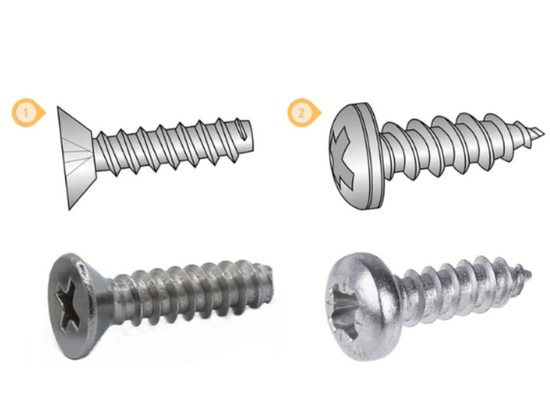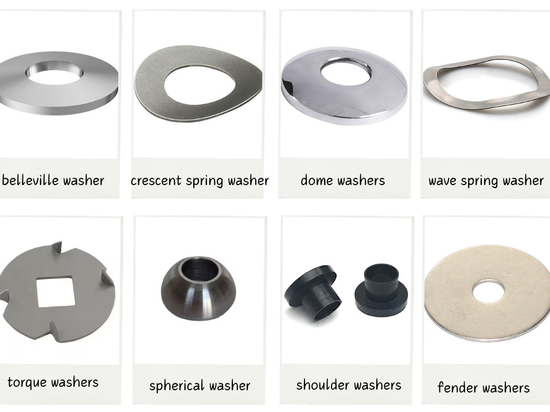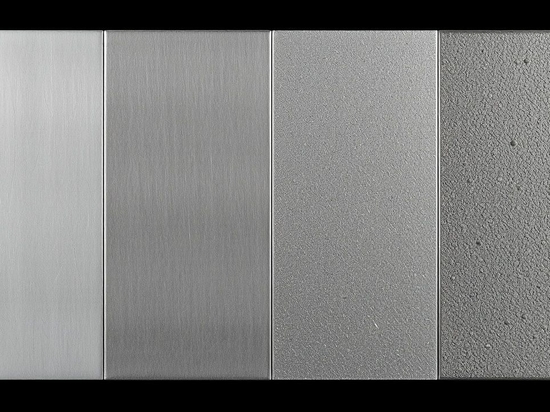
#Industry News
Bus Bar
What you need to know
A metal strip or bar used to conduct and distribute electricity in an electrical system is called a busbar (or "busbar system"). By gathering power from an input source and transferring it to several circuits, it serves as a central hub. Large surface areas allow busbars to manage high current loads while lowering current density and minimizing losses.
Busbars are a crucial part of electrical systems because they guarantee the effective distribution and transfer of power. Busbars, which are often constructed of copper, transfer power to several output circuits after receiving it from input sources like transformers or power grids.
Advantages of Copper Busbars:
1.High electrical conductivity: Copper has an electrical conductivity of about 57 MS/m, second only to silver.
2.Excellent ductility and plasticity: Copper material is soft and easy to process and shape.
3.Good thermal conductivity: Copper can quickly dissipate heat and prevent overheating.
4.Corrosion resistance: Copper forms a protective layer of copper oxide in the air to prevent further corrosion.
5.Strong mechanical strength and durability: Copper can withstand large mechanical stress and wear, ensuring the long-term stable operation of the busbar.
6.Good solderability: Copper is easy to solder, the connection points are firm and reliable, the electrical connection resistance is reduced, and the overall reliability of the system is improved.
7.High cost performance: Although copper is more expensive, it has a long service life, low maintenance costs, and excellent overall cost performance.






